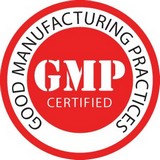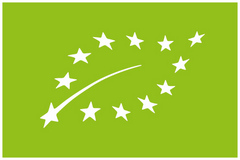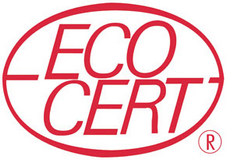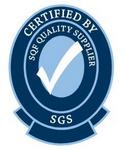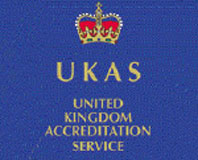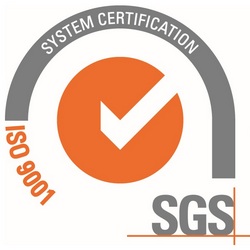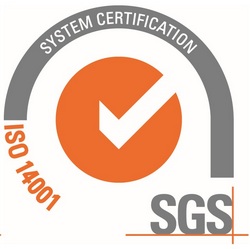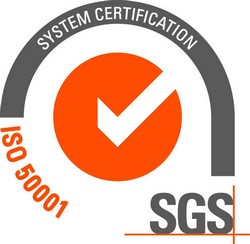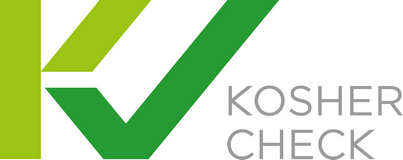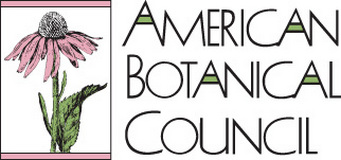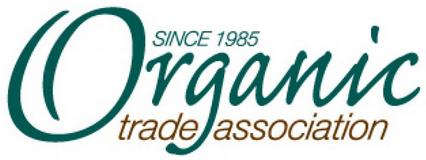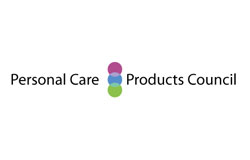Traditional Chinese Medicine
Draco research & development
The Rational Basis and Advantages for Using Traditional Chinese Medicine (TCM) Herbal Formulations
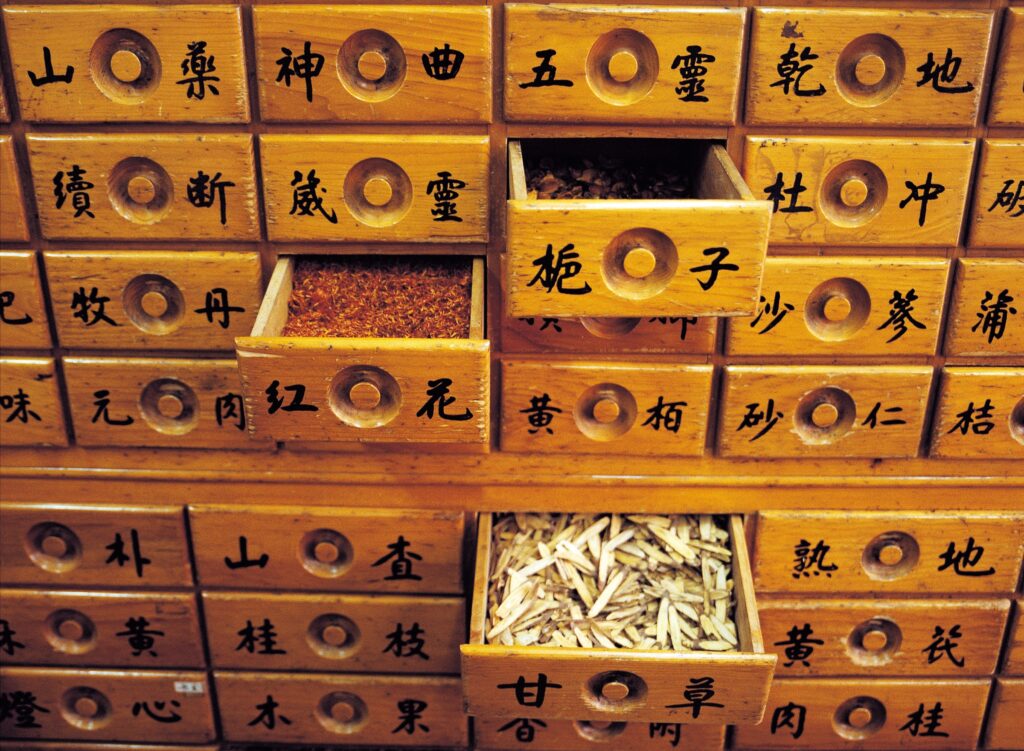
Draco is your first choice for TCM herbs and formulas! Call us today!
The herbal formulations developed from many of the cultures and their healing traditions through-out the world have powerful properties to safely and effectively restore human health. Everywhere that cultures have developed, people have taken advantage of the botanical natural resources for food, building materials and medicines. With the development of modern society and science there has been a shift in the ethos from believing that medicines derived from nature are valuable resources that effectively and safely promote the body’s innate ability to overcome illness and regain health to that of believing that science can create superior and highly profitable medicinal compounds. The latter uses a more narrowly focused and limited understanding of human pathophysiology. This has led to the targeting of specific symptoms without understanding the underlying organic causes responsible for illness. Herbal medicinal traditions, by influencing multiple systems in the body, address the underlying imbalances and disharmonies that have caused the body to depart from a state of wellness and equilibrium.
Now modern science, as an ally to traditional medicine has validated the phytocompounds in herbs, which when correctly administered have the remarkable ability to interact with enzyme systems, biochemical pathways, DNA, and numerous organ systems that are synchronized in such a way as to foster the restoration of health and wellness. In the same way that several compounds in a plant work together, when two or more plants are used medicinally, the range and effectiveness of physiological actions is even greater and may have improved safety and reduced toxicity.
Revolutionary changes are taking place in Western civilization with the growing acceptance of herbal formulas by the scientific community. The Journal of the American Medical Association published a favorable research study on the highly effective results of a traditional Chinese medicine (TCM) formula for irritable bowel syndrome (TBS), a disorder often unresponsive to standard treatment protocols. A British study also showed exemplary results with a TCM formula for eczema, another obstinate condition. The cold and influenza formula, Yin Qiao, long the Chinese mainstay of cold and flu treatment, is rapidly becoming appreciated for its effectiveness in the West.
China, India and Japan are old civilizations, where healing practitioners were able to develop medicinal formulas for virtually every conceivable illness or state of wellness. This happened over very long periods of time from an abundance of native botanical resources. Some examples of the usefulness of these medicines are for common ailments such as cough, fever, fatigue, indigestion, forgetfulness, skin rashes, sore joints and muscles, and diarrhea to the more serious illnesses such as liver damage, cancer, heart failure, kidney disease, etc.
The long time span over which traditional medicines were discovered allowed botanical healing formulas to be perfected through use in the clinical experience and the wealth of empirical information was passed on from one generation to another. Gradually, a comprehensive compendium of knowledge in the form of formularies and materia medicas emerged that allowed herbal medicinal formulas to be compounded and utilized with a high degree of precision for treating various conditions. It was learned through this experience what every possible effect these formulas would have on the body in the context of individual constitutions and environmental factors. This is in contrast to modern pharmaceutic also which have been used for much shorter periods of time in a more general context of usage and for which the intended goal is not restoration of homeostasis to the body, but merely the suppression or management of disease symptoms. With allopathic treatments the long-term effects are not as well known as with the traditional herbal medicines and the frequency and severity of adverse effects are of greater concern.
The use of more than one herb is based on the premise that health is determined by the optimum functioning of many organ systems and their cell physiology. One herb in a menopause formula, for instance, may help to alleviate hot flashes by modulating eicosand synthesis, a second herb may help with headaches and fatigue, a third herb may strengthen bone mass, a fourth herb may help tonify the endocrine system by stimulating an increased output of hormones that are declining, while another herb may supply phytoestrogens that have weak estrogen activity. Many more benefits can be expected from an herbal formula than if only red clover, for instance, were used for its phytoestrogen content which has a more limited range of influence.
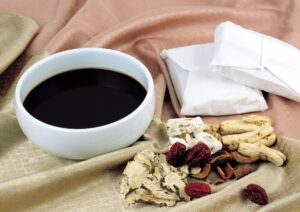
The methods of preparation for traditional medicines usually involved brewing the herb plant material in hot water for specified lengths of time. This was a type of crude extraction that worked very well to leach most of the therapeutic constituents into the water. Occasionally, the plant material was processed in some way prior to using it in a decoction by soaking it in vinegar, wine, or honey, frying it in tallow, baking it, and drying it in the sun. In combining many herbs which contain numerous phytocompounds of varying degrees of polar and nonpolar solubilities it is now thought that a process of co-solubilization occurs in which the more water soluble compounds, which also possess some degree of nonpolar character, help to dissolve the more difficult to dissove nonpolar, liposoluble compounds. Lecithin, a ubiquitous phospholipid in plants, is a good example of an emulsifying compound that helps bring liposoluble (fat soluble) constituents into solution.
The problem with many modern extraction methods is that they have in some ways followed too closely the pharmaceutical industry model of zeroing in on one specific compound or fraction and ignoring some of the other constituents that are not extracted. It has been shown in recent years that much of the therapeutic activity of plants is related to the polysaccharide constituents which have a myriad of molecular combinations and influence such diverse biological functions as the immune system, oxidative phophorylation (cellular energy production), antioxidant cell protection and possibly many other functions. Commonly used ethanolic or other solvents cannot extract or dissolve polysaccharides, causing them to be insoluble and therefore locked into the plant matrix, though in water they would be readily soluble.
Draco has focused on using these critical aspects of botanical medicine and extraction technology to create therapeutically active wellness products from traditional herbal formulas that have been formulated by scientists with pharmacognosy expertise in both traditional Chinese medicine theory and modern phytotherapy research. Draco has a support team of prestigous medical doctors, biochemists and research scientists who guide the formulation process. These scientists have extensive background on herbal safety and know about the important issue of not using the wrong herb, which may contain a toxin such as aristolochic acid, which may have been substituted into some formulas in a reckless or unscrupulous manner.
In addition, Draco’s formulas are produced through the traditional hot water decoction method in a closed system, which ensures the capture of most of the vital herbal constituents and yields a full spectrum of phytocompounds and biological activity. With technological advancements, herbal formula products are more readily dispensable, in cost effective concentrations of plant material for easy product manufacturing and convenient dosing. These herbal formulas in many cases have been clinically validated for safety and efficacy, and in some cases have thousands of years of continuous use that support this. The emerging trend for herbal formulas will be a tremendous market growth internationally, continuing education of the public for uses and benefits, and continuing scientific research and substantiation.

